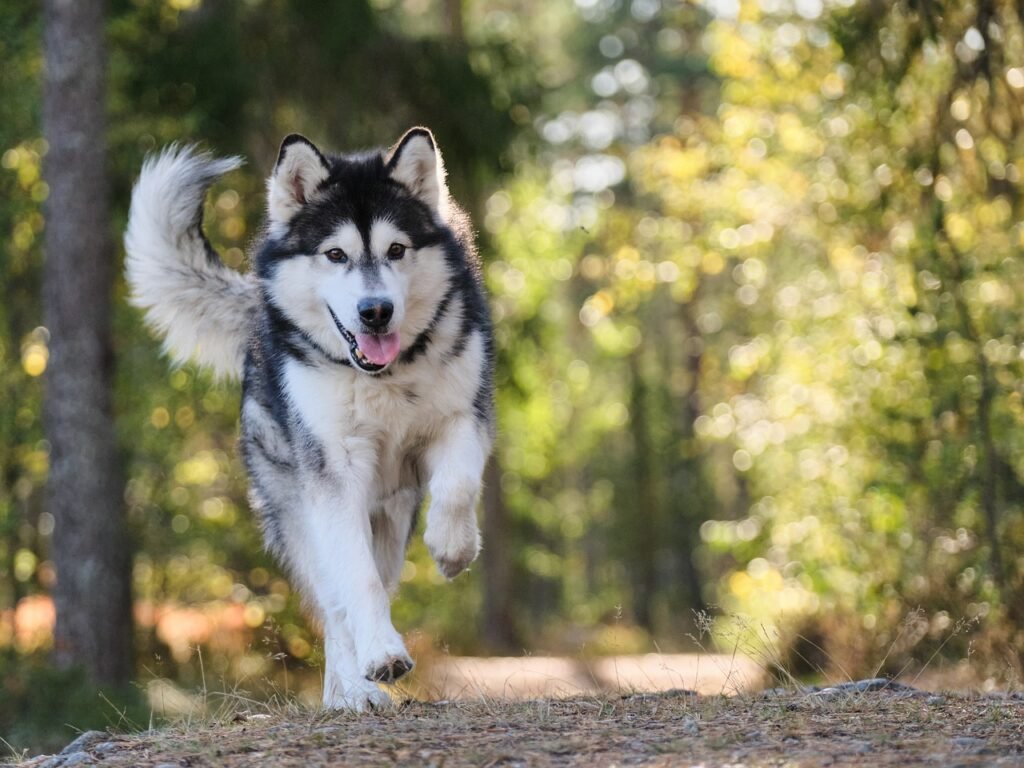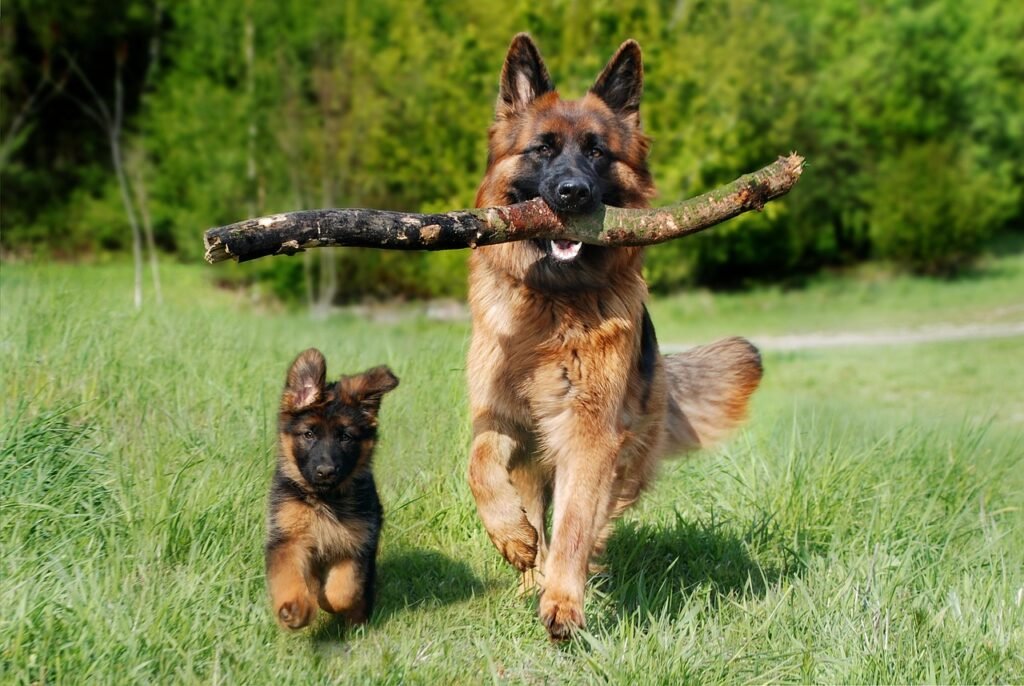Effective Strategies for Managing Leash Reactivity and Cultivating Positive Leash Manners in Your Dog
Picture this: you’re strolling down the street with your furry friend, enjoying the fresh air, when suddenly your dog lunges, barks, and pulls on the leash at the sight of another dog or passerby. Leash reactivity can turn a peaceful walk into a stressful ordeal, but fear not! In this comprehensive guide, we’ll equip you with valuable strategies to manage leash-reactive behavior and transform your walks into enjoyable bonding experiences.
1. Understanding Leash Reactivity
Leash reactivity is a common behavior exhibited by dogs, often triggered by fear, frustration, or a lack of socialization. It manifests as barking, lunging, or aggressive behavior when on a leash. The first step in addressing this issue is to understand the underlying triggers specific to your dog.
2. Positive Reinforcement and Counterconditioning
Training your dog to associate positive experiences with the presence of triggers is key to overcoming leash reactivity. Utilize treats, praise, and rewards to reinforce calm behavior when encountering triggers. Gradually expose your dog to controlled situations, starting at a distance where they remain calm, and gradually decrease the distance over time.
3. Redirection and Distraction Techniques
Redirect your dog’s attention away from triggering stimuli. Engage them in alternative behaviors, such as focusing on you, performing commands, or playing with interactive toys. This helps shift their focus from the trigger and reinforces positive leash manners.
4. Utilize Desensitization
Gradual exposure to triggering stimuli is essential for desensitizing your dog. Start by exposing them to low-intensity triggers from a comfortable distance, gradually increasing the difficulty as they become more comfortable. Consistently pair positive experiences and rewards with each exposure to create positive associations.
5. Maintain a Relaxed Leash
A tense leash can exacerbate leash reactivity. Keep your leash loose and relaxed to send a calm message to your dog. Tension in the leash can communicate stress or anxiety, triggering reactive behavior. Practice walking with a loose leash during training sessions to establish this relaxed walking style.
6. Consider Using Training Tools
Certain training tools, such as front-clip harnesses or head halters, can provide additional control during walks. These tools redirect your dog’s attention and discourage pulling or lunging. However, it’s important to consult with a professional trainer to ensure proper usage and choose the most suitable tool for your dog.
7. Seek Professional Guidance
If your dog’s leash reactivity persists or escalates despite your efforts, seeking guidance from a professional dog trainer or behaviorist is highly recommended. They can provide personalized training plans and expert guidance tailored to your dog’s specific needs.
8. Maintain Consistency and Patience
Consistency is key when addressing leash reactivity. Practice training techniques consistently and reward desired behavior every time. Be patient and understand that progress takes time. Celebrate small victories and remain committed to the process.
9. Create a Safe and Calm Walking Environment
Choose walking routes that minimize exposure to triggering stimuli, such as crowded areas or dog parks. Opt for quieter streets or less stimulating environments initially, gradually working your way up to more challenging areas as your dog becomes more confident and comfortable.
10. Prioritize Proper Socialization
Early and ongoing socialization plays a vital role in reducing leash reactivity. Expose your dog to various environments, people, and other dogs in controlled and positive settings. This helps build their confidence, reduces fear, and promotes positive interactions.
Leash reactivity doesn’t have to hinder your walks or strain your relationship with your four-legged friend. By understanding the triggers, employing positive reinforcement, utilizing distraction techniques, and maintaining a relaxed leash, you can gradually transform leash-reactive behavior into calm and enjoyable walks. Remember, every step forward is progress, and with consistency, patience, and professional guidance when necessary, you’ll pave the way for a calmer and happier walking experience for both you and your beloved canine companion.



